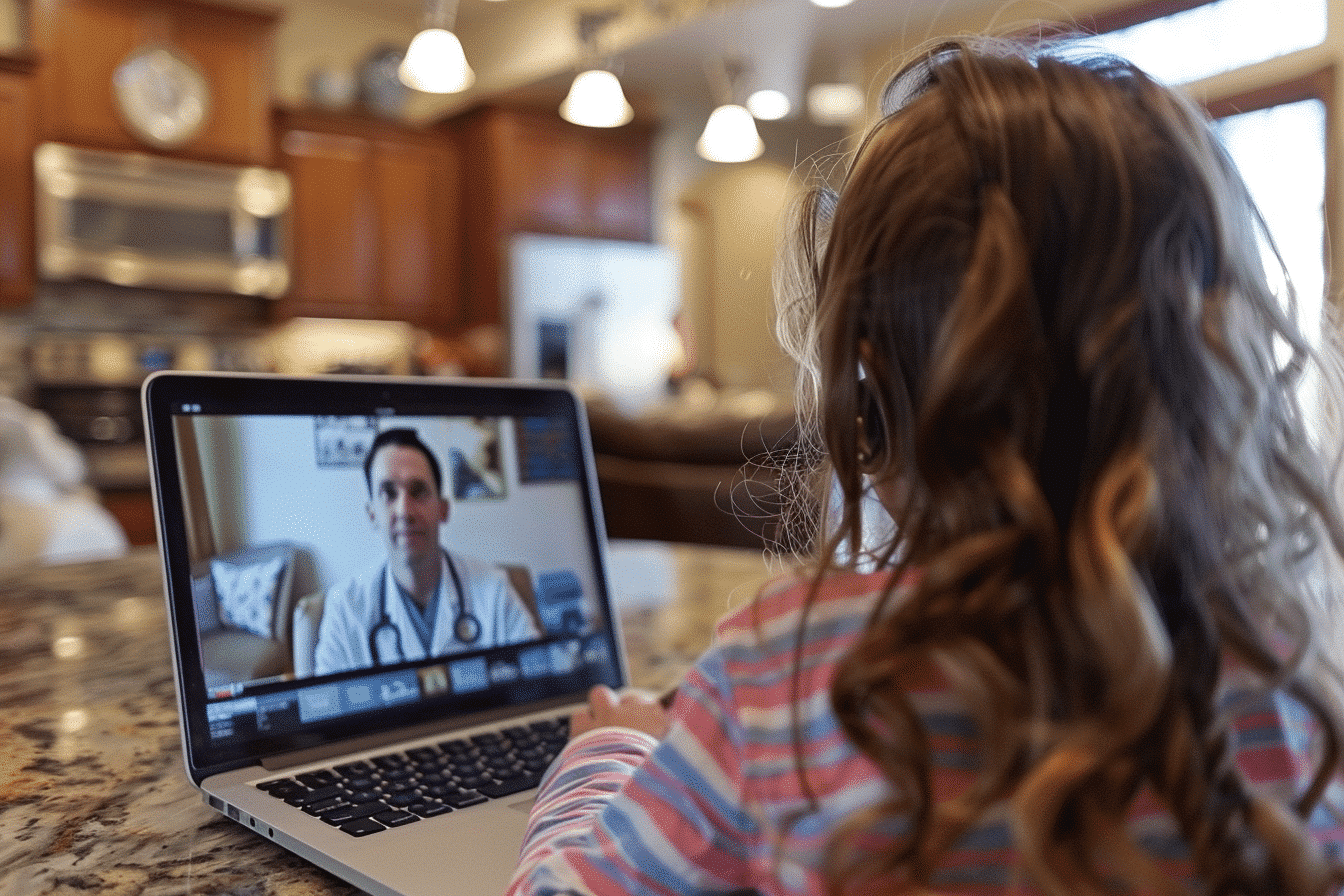As the healthcare landscape evolves, telemedicine has become a pivotal option for many seeking convenient medical care. Yet, despite its rising popularity and accessibility, the necessity for in-person consultations remains undeniable. This article delves into the nuances of integrating telemedicine effectively with traditional doctor visits to ensure comprehensive healthcare.
Understanding Telemedicine
Telemedicine involves diagnosing and treating patients remotely, primarily via secure video connections, though it can also include phone calls and secure messaging. This digital approach allows patients to discuss symptoms, receive diagnoses, and manage ongoing conditions like diabetes from the comfort of their homes. “Patients can now see an array of doctors without leaving their recliner” underscores telemedicine’s convenience and broad reach, revolutionizing how healthcare is delivered.
The Advantages of Telemedicine
The appeal of telemedicine skyrocketed after the onset of the COVID-19 pandemic in 2020. Although its usage has slightly diminished, it remains significantly more popular than pre-pandemic levels, especially in dermatology and mental health specialties. Telemedicine saves time and expands patient choices, which is crucial for those in remote areas or with limited physical mobility. Companies and services like Amazon now provide telemedicine across all states, offering subscription-based plans that cover regular doctor visits and even mail-order prescriptions.
Preparing for a Virtual Visit
Preparation is vital for a fruitful telemedicine session. “Test your phone or tablet before the visit starts,” advises patients to check their device’s audio and video capabilities beforehand. Privacy is also critical, especially for sensitive consultations like therapy, where a quiet, private space is essential. Dr. Jay Lee, a proponent of in-person and virtual visits, also warns against multitasking during consultations, noting that activities like driving or eating can detract from the session’s effectiveness.
Recognizing Telemedicine Limitations
Despite its benefits, telemedicine has limitations. A reliable internet connection is crucial; not all patients or physicians have the necessary technology. Moreover, some conditions require physical examinations that telemedicine cannot accommodate. Dr. Jay Lee, a family physician and board member with the American Academy of Family Physicians, highlights cases where symptoms might indicate different ailments that require in-person diagnostics, such as a possible urinary tract infection that turns out to be gallbladder issues.
Finding the Ideal Balance
The optimal mix of telemedicine and in-person visits varies by patient needs and comfort with technology. Dr. Lee suggests starting with an in-person visit whenever possible, followed by virtual follow-ups. This approach allows both doctor and patient to establish a rapport and assess their compatibility. “Both the physician and patient need to determine whether they have a vibe, that they can get along, and that they can work together,” he asserts, emphasizing the importance of a personal connection in effective healthcare.
Navigating the realms of telemedicine and in-person care requires a thoughtful approach to balance the convenience of modern technology with the irreplaceable value of face-to-face interactions. As healthcare continues to adapt, finding this equilibrium will be crucial for delivering effective, patient-centered care that meets the diverse needs of today’s population.




